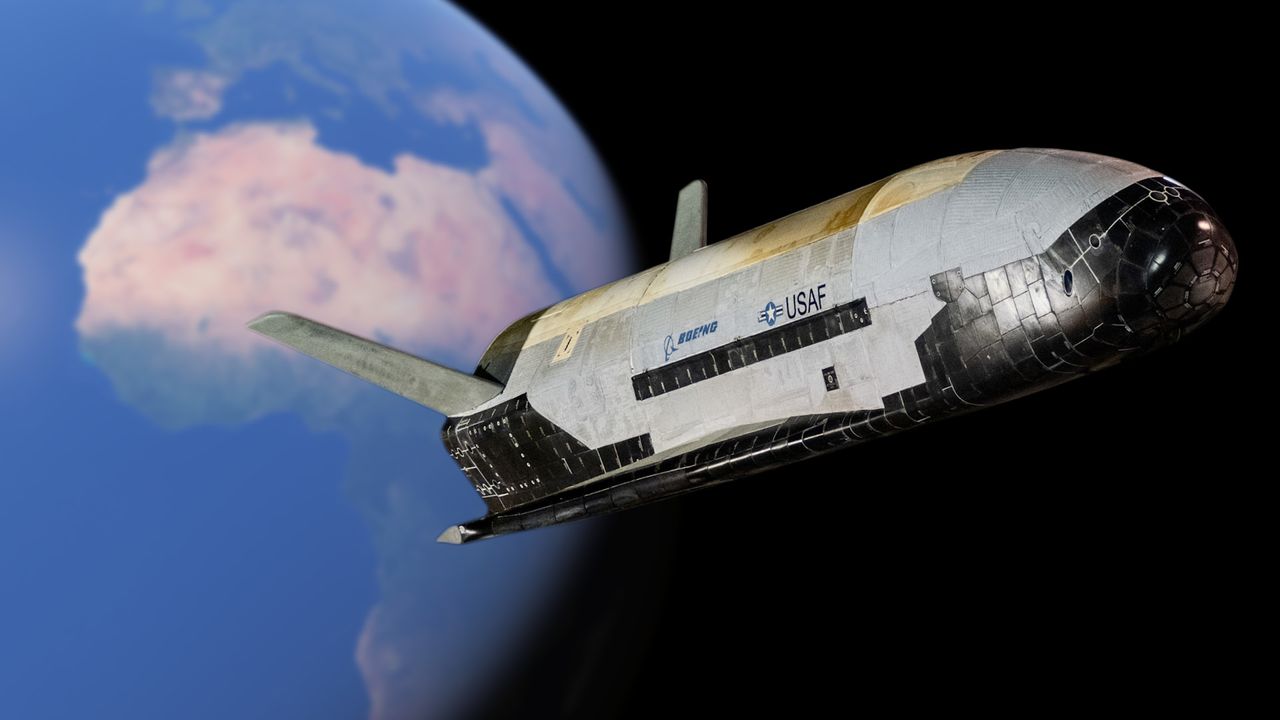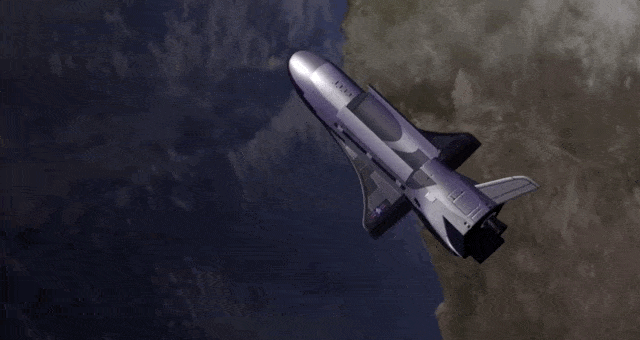Some of the assumptions about the latest mission of the American military space plane Boeing X-37B turned out to be accurate. The semi-classified spacecraft was launched on 28 December 2023 as part of the OTV-7 mission. It was launched into Earth orbit by a powerful SpaceX Falcon Heavy rocket, instead of the weaker Atlas V or Falcon 9 that were previously used to launch the X-37B.

This led to speculation that the more powerful rocket would allow the X-37B to reach higher altitudes than on previous missions. Satellite observations enthusiast Tomi Simola confirmed this when he spotted the spacecraft in orbit with his panoramic sky surveillance camera.
Exciting news!
— Tomppa 🇺🇦 (@tomppa77) February 9, 2024
Orbital Test Vehicle 7 (OTV-7), which was launched to classified orbit last December, was seen by my SatCam!
Here are images from the last two nights! pic.twitter.com/3twOVdovVc
Amateur observations revealed that the X-37B is flying in a highly elliptical orbit with an altitude of 323 km to 38.8 thousand km. This confirms previous assumptions and points to new orbital modes. Although the military has not released information about the X-37B’s orbit, observations by enthusiasts indicate a highly elliptical orbit and high altitude, which may indicate testing of new technologies.
This is the seventh flight of the X-37B, but the purpose of its missions remains a secret. Military statements point to testing of new technologies and experiments in space. The spacecraft resembles a miniature version of the Space Shuttle with wings and thermal protection tiles. Inside the fuselage there is a payload compartment and a service module for experiments.

The secrecy of the Boeing X-37B has led to speculation about its purpose, from testing new technologies to the idea of a weapons platform in orbit. This mission is of particular interest because of its very extended orbit and new elements that may indicate an expansion of the X-37B‘s capabilities.
Earlier, we reported how a Chinese spacecraft placed six mysterious objects in Earth orbit.
Based on materials from arstechnica.com

